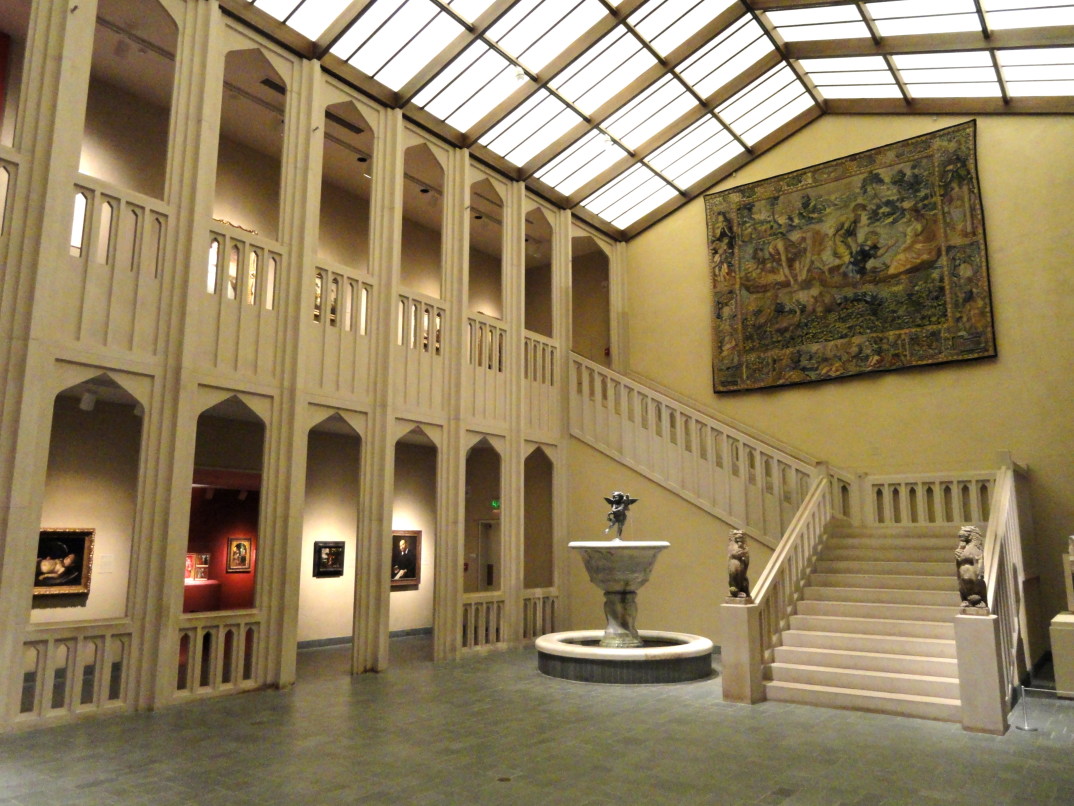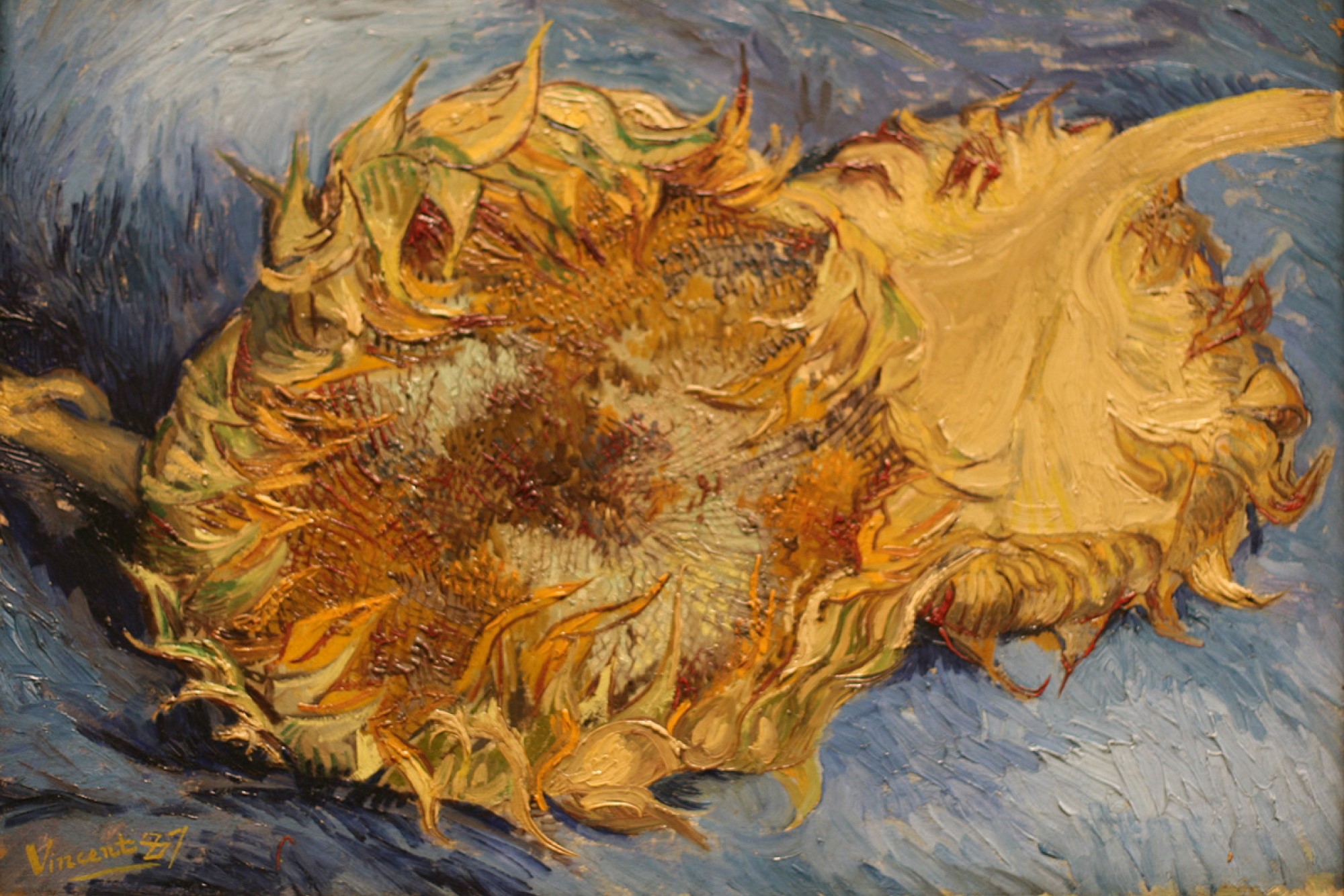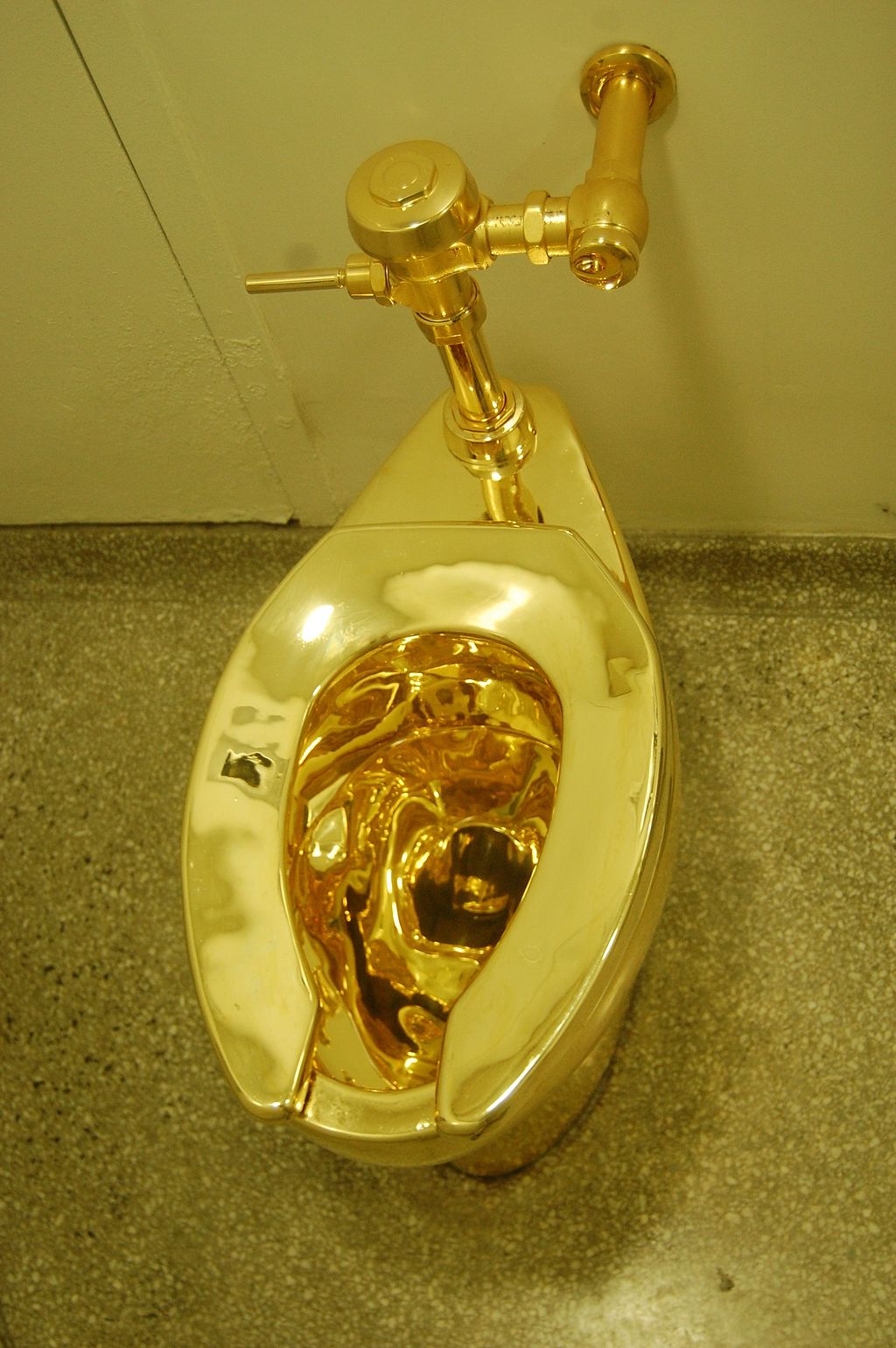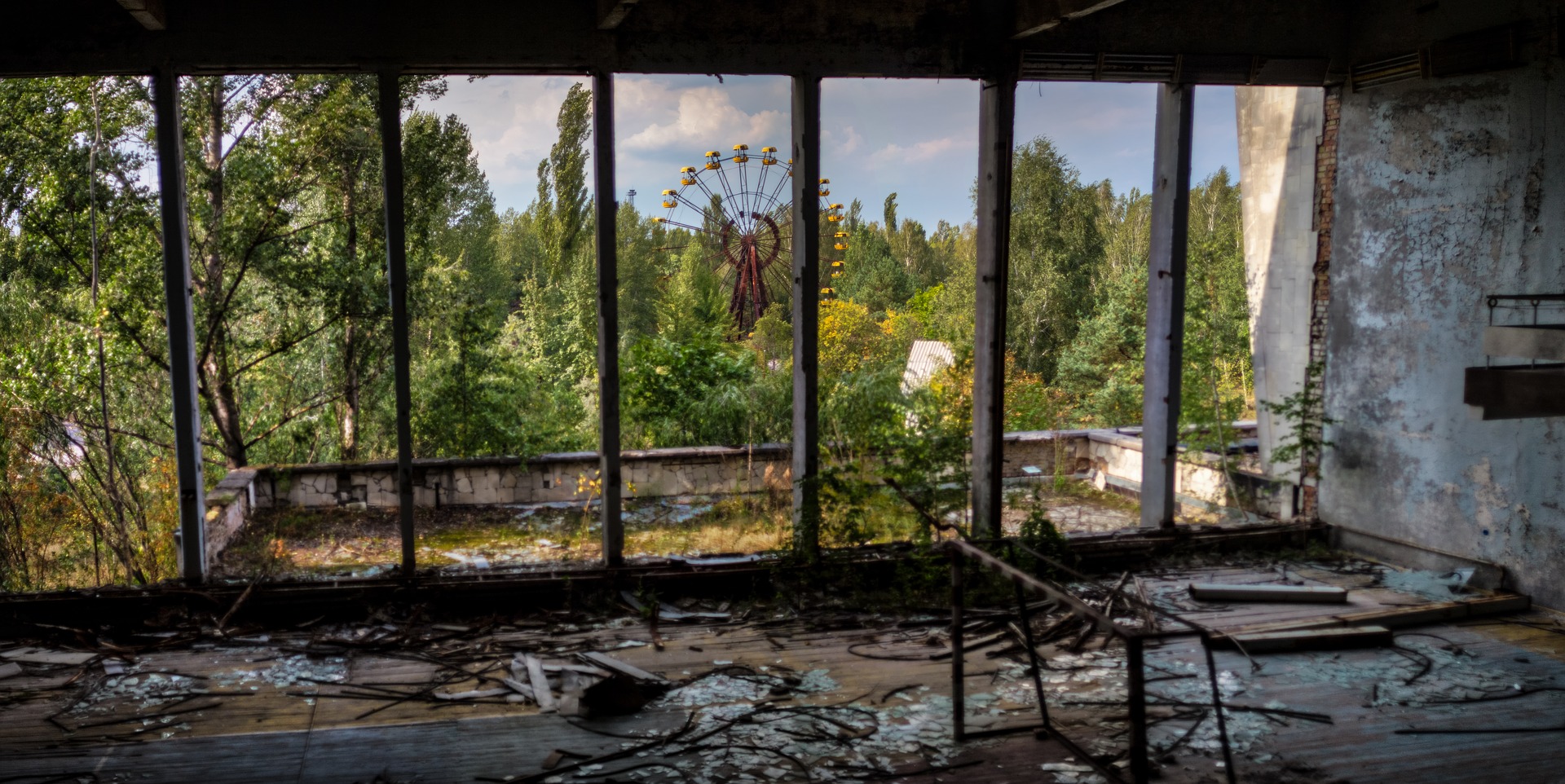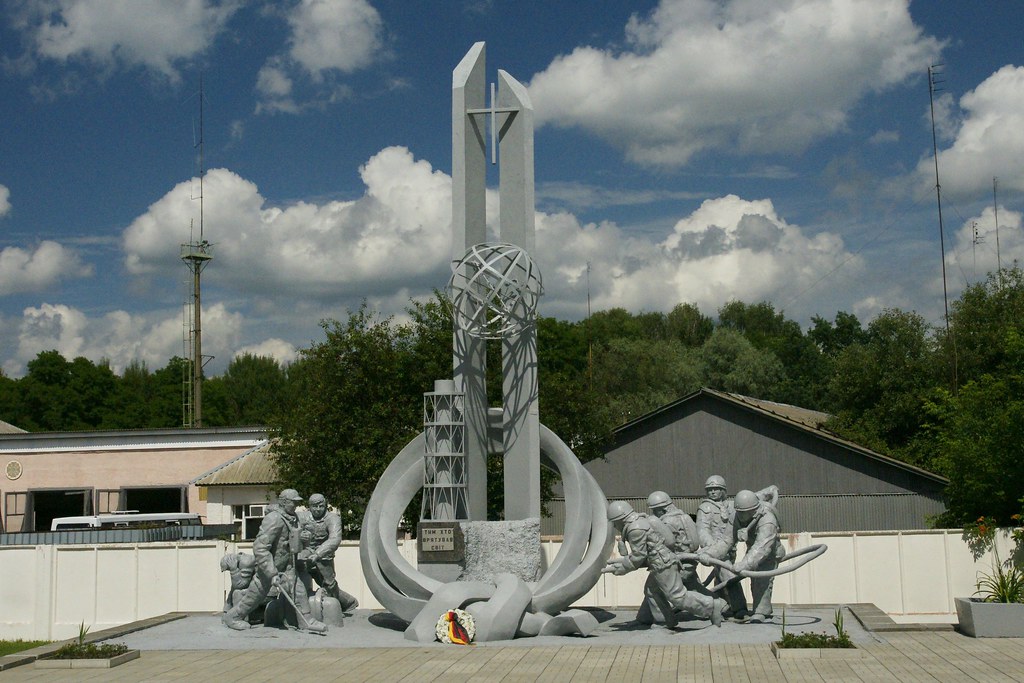Whiteness, Accessibility and the Art Museum
It is easy to think of the art museum as a clinical space. Seemingly divorced from the outside world at times, these pristine spaces and the artworks that inhabit them often could not feel farther from real-life political struggles. Yet these sanitized, white gallery walls and climate-controlled rooms play host to a number of political debates that are intimately connected to the world beyond the museum gates.
Particularly salient among these discussions is the role of race when encountering these spaces. According to The Guardian’s op-ed contributor Darby English, the whiteness of museums does not stop at the color of their walls. In his op-ed, “Don’t be intimidated by museums. They belong to everyone,” English argues that museums have become associated with whiteness in the artists that they exhibit, subjects they represent and audiences they cater to. This trend, others have argued, has led to only nine percent of museum visitors being non-white.
This whiteness, English argues, has helped produce an environment of “threshold fear,” where people of color feel uncomfortable entering spaces where their experiences are underrepresented. However, he also argues that this “threshold fear” is anything but immutable, and that the task of breaking it helps reclaim the art museum as a public space of diverse discourse, rather than one with an appearance of white exclusivity.
English’s argument is not the only debate about the accessibility of museums. Also in question is the accessibility of these spaces to those from lower socioeconomic backgrounds. It is hardly a secret that fine art can be an expensive enterprise. One only has to look at the latest record-setting prices for paintings at auctions like Christie’s to see that, in some ways, money and art are heavily intertwined. Yet in the space of the art museum, debates over accessibility, funding and value become particularly salient.
In a case close to home, for example, take the Indianapolis Museum of Art’s (IMA) controversial choice to charge admission starting last April. The $18 admission fee, while covering parking and special exhibitions, is a significant jump for a museum where admission has largely been free since 1941. The price hike, according to the IMA’s CEO and current director, was put in place to help offset increased withdrawals from the museum’s endowment.
While the director and board of the IMA have argued that the price increase is necessary, others have argued that this change will only limit the potential audience of the museum, and make it an unlikely option for people with little disposable income. Along with concerns that physical changes to the museum’s entrances make it increasingly inaccessible to pedestrians, these debates make it clear how complex the notion of accessibility can be, especially when a need for funding is taken into account.
The debates taking place at the IMA, in pieces like English’s, and in art museums around the country have also revived the question of what role such institutions should play in society. For critics like English, the museum appears to be situated “in the public realm,” where it plays a role not only as an exhibition space for art, but also one of accessibility, conversation and diverse community building. However, without a stable source of funding, these spaces arguably could not exist at all, and as such may sometimes require barriers that limit them from becoming truly public spaces. The question arises, then, how such spaces can facilitate public discourse while remaining financially sustainable.
It is in this mix of funding, representation and accessibility that arguably constitutes one of the greatest contemporary challenges for the art museum. And when it comes to the representation and presence of underrepresented communities in these spaces, it is clear that such debates are more necessary now than ever.

